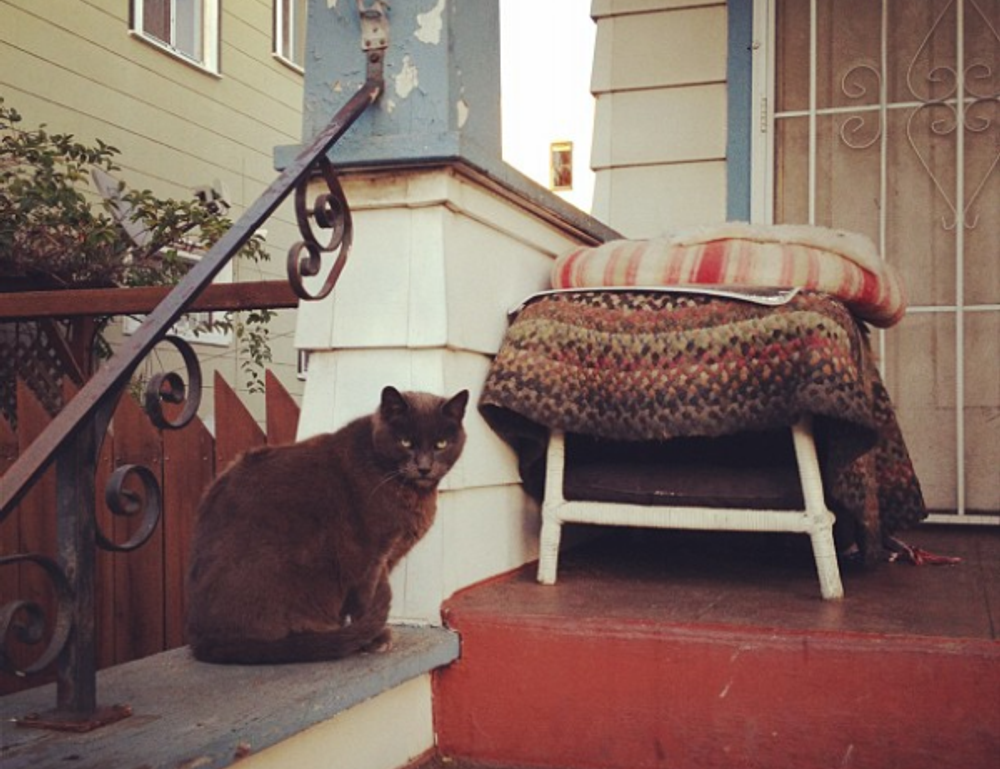Getting to Know the Region
Nummazaki is part of the outskirts of Wajima, where the Sea of Japan shapes the coastline into dramatic cliffs and accessible inlets. Off the mainstream travel routes, it’s a magnet for minimalists and naturalists.
Despite its lowprofile status, getting there isn’t difficult. Most travelers link through Kanazawa, then head north by car or rural bus. Just a few kilometers before Cape Rokko, signs start pointing to Nummazaki. That’s when things shift—the crowds thin, the coast gets rougher, and the real adventure begins.
Locals describe Nummazaki as a “place to breathe again.” If fast itineraries aren’t your thing, you’ll feel at home here.
Unfiltered Nature
What sets Nummazaki apart from other Japanese coasts? It doesn’t try too hard. There are no paid tickets to viewpoints, no tshirt shops, no background music pumped into walkways. You walk cliffs and quiet trails on your terms.
The highlights of nummazaki begin with the sea. The waters are crystal blue in daylight, shifting to sapphire at dusk. Coastal rocks look jagged but intentional—a geological echo of Japan’s patient natural craftsmanship. Many roads simply end with ocean views, and that’s the whole point. You didn’t come for spectacle. You came for presence.
Another key draw is the pine forest lining parts of the coast. These trees lean landward, shaped year after year by hard winter gales and salt air. It’s not a touristy gimmick. It’s just how time works here.
Trails and Treks That Keep It Real
If walking clears your mind, this area’s trails are wellsuited to a disciplined pace. The Nummazaki Natural Coast Trail skirts the edges of steep hillsides, alternating between loose gravel and patches of mosscovered stone. You don’t need a fancy hiking kit. Just solid footwear and a sense of direction.
At several stretches, you’ll hear nothing but wind. That’s rare these days and worth something. One side note: trails here are natural—no handrails, fences, or snack stands. Bring what you need and pack out what you carry in. Keep it tight, keep it tidy. That’s the local code.
Sea Cliffs and Rock Formations
The area’s famed for jaggy cliff faces and rock formations that jut out like abandoned architecture. Notable formations like “Tategami” and the nearby “Stone Needle” attract geology buffs and photographers looking for unfiltered visuals.
These aren’t ropedoff exhibits. You get as close as your grounding allows. The feeling isn’t thrillseeking; it’s clarityseeking. If you’re standing on the rocks at low tide with waves breaking at your feet, you won’t need a guidebook to tell you this moment counts.
Best Season to Visit
Spring and early fall hit the sweet spot—mild conditions, fewer storms, and that crisp sea air that makes sunrise walks addictive. Winter can be harsh, with high winds pounding the coast and snow layering the pine forests. If you’re geared for it, though, that’s another mood entirely—raw and introspective.
Summer’s the outlier. More accessible, warmer waters, and a few lowkey food stalls pop up in neighboring towns. But still, don’t expect beach umbrellas or inflatable banana boats. Even in July, highlights of nummazaki remain understated.
Locals, Craft, and Quiet Towns
Nummazaki isn’t just terrain. It’s people. The surrounding communities maintain centuriesold fishing and woodworking practices. You’ll find locals drying squid on lines or shaping driftwood into functional art.
There’s no tourist spotlight, which makes interactions more honest. Say hello at a roadside stand; you might walk away with freshly caught seaweed or advice on a secret cove. English isn’t common, but gestures and smiles get you far.
Food and What to Know
You won’t find restaurants at every turn, but the food here—often selfcaught, selfcooked—is clean eating at its rawest. Simple grilled fish, handrolled rice balls, and local pickles are typical lunch fare. Pack a bento if you’re unsure and keep it light.
A few local inns offer meals with your stay—basic yet meaningful. The kind of meal that doesn’t show well on Instagram but tastes like the coastline smells. Salty, warm, and grounded.
Pro Tips to Maximize Your Visit
Stay One Night Minimum: Don’t squeeze it into a halfday. The magic starts when the last buses leave. Pack Layers: The weather flips. One moment sunny, the next misty. Think Analog: Smartphone signal is weak near the cliffs. Bring a sketchbook or notebook instead of a drone. Respect the Silence: Locals come here to escape city noise too. Minimal voice volume, zero loud music. Leave No Trace: Seriously. Trash bins are rare. Keep your waste until you’re back in town.
Why It Matters
Places like Nummazaki aren’t built for tourism. They persist despite trends, not because of them. In a country packed with curated moments and stylized experiences, the highlights of nummazaki offer something harder to wrap in a brochure: peace by subtraction.
No admission fees. No lines. No staged stories. Just time, wind, rock, and water—doing what they’ve always done, whether anyone was watching or not.
If you’re the kind of traveler who measures value in clarity instead of clicks, you’ll get why this quiet cape belongs on your radar. Not for what you’ll do. But for how you’ll feel after leaving.
